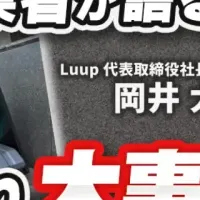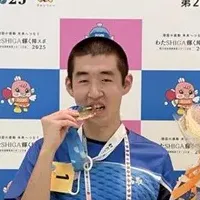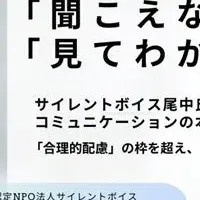
China-U.S. Youth Discover Xi'an's Living History and Cultural Heritage
Where Dynasties Meet Daily Life: Xi'an's Living History
On July 12, a unique program titled "Across the Pacific: China-U.S. Youth Dialogue for a Shared Future" made its second stop in Xi'an, a city where ancient dynasties and modernity intertwine. This initiative, organized by the 5th China-America Student Conference, brought together twenty-five bright young delegates from China and the United States eager to delve into the rich tapestry of Xi'an's living history.
The participants kicked off their visit at Xi'an Jiaotong University (XJTU) during an event called "From University to the World." Here, they were treated to a thought-provoking lecture by Professor Peng Fengling. The session focused on Chinese culinary culture, examining regional cuisines, dining etiquette, and the broader cultural narratives they embody. One American delegate, Dahlia Townley-Bakewell, reflected on the significance of round dining tables in Chinese culture. Initially attributing it merely to the practicality of sharing dishes, she was impressed to learn that it symbolized unity and equality—an ethos deeply ingrained in Chinese society.
Conversations quickly flowed as delegates shared their thoughts on trending topics—from Mandopop and American hip-hop to the local deliciousness of Shaanxi cuisine. Liu Yuxuan, a participant, emphasized how these discussions not only fostered a better understanding between the two nations but also nurtured lasting friendships among the youth.
The exploration did not stop with academia. The delegates were also given the chance to experience traditional Chinese culture firsthand, visiting historical landmarks significant to the city's heritage. One such prominent site was Huaqing Palace, which served as a royal retreat during the illustrious Tang Dynasty. Surrounded by opulent architecture and vibrant history, delegates could feel the potent blend of past splendor and modern influences.
In an equally memorable experience, delegates had the opportunity to explore Emperor Qinshihuang's Mausoleum Site Museum, closely viewing the iconic Terracotta Army. This monumental site, known for its breathtaking artistry and historical depth, provided an immersive understanding of ancient Chinese civilization's complexities.
Adding a touch of authenticity, the participants were encouraged to don hanfu, traditional Han Chinese attire, which transported them back in time. Clad in these historical garments, the delegates ventured to the Giant Wild Goose Pagoda, an iconic Tang Buddhist edifice encapsulating the essence of Xi'an’s religious and cultural history.
Henry Frederick Gregory Collins, one of the delegates, expressed his delight at wearing hanfu, describing it as a unique dressing-up experience. He humorously identified himself as a blend of a warrior and a philosopher, embodying the balance between strength and thoughtfulness typical of ancient scholars. Similarly, Justin Isaiah Seymour Welch felt a profound connection to Chinese culture while in the traditional attire, noting how such clothing sparked a different energy that resonated with the historical landmark they were visiting.
Throughout their visit, the delegates found beauty in the juxtaposition of history and modernity, epitomized by the sight of the ancient Bell Tower surrounded by contemporary city life. The discussions, personal experiences, and cultural practices shared amongst the delegates illustrated a significant milestone in bridging understanding and friendship between China and the U.S.
This remarkable journey not only illuminated Xi’an’s rich historical narratives but also forged meaningful connections among the youth, fostering a spirit of collaboration and mutual appreciation across cultural divides. In this way, Xi'an served as a living classroom, where lessons of the past enriched the dialogue of the present, paving the way for a shared future between the two nations.
Topics People & Culture)










【About Using Articles】
You can freely use the title and article content by linking to the page where the article is posted.
※ Images cannot be used.
【About Links】
Links are free to use.